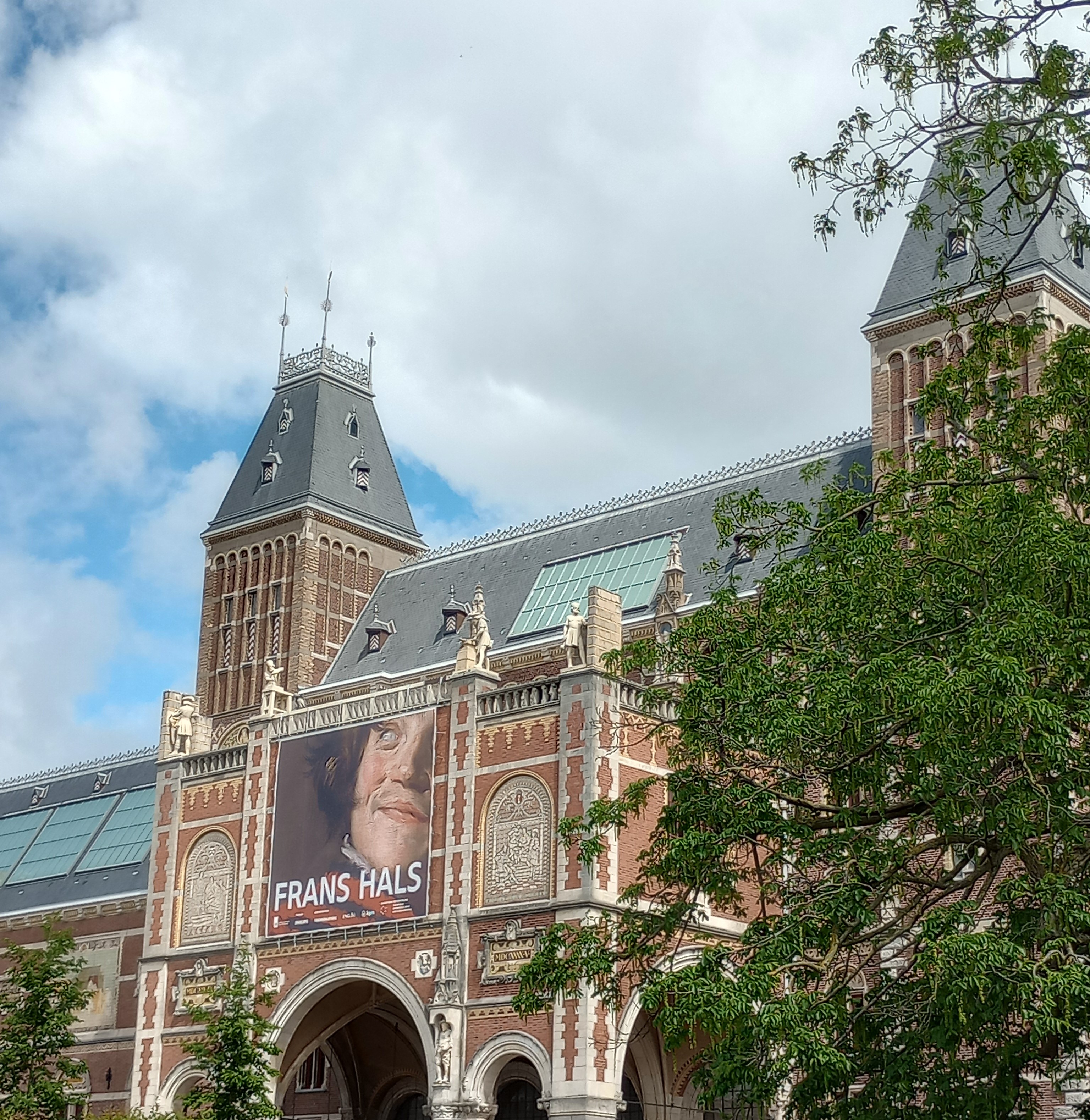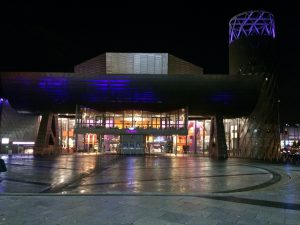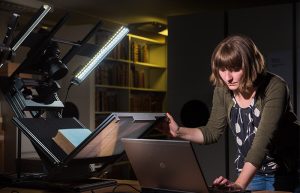

Between 29th – 31st May 2024 myself, Julia and Ellen had the privilege of attending the 2 & 3D Photography, Practice and Prophecies Conference held at the Rijksmuseum, Amsterdam. The conference bought together photographers, restorers, conservators, archivists, data analysts and cultural heritage professionals from all around the world to learn new techniques and share ideas. The three days were packed full of fascinating lectures, hands on workshops, eye-opening roundtable discussions and networking opportunities. A diverse range of topics were explored from photometric stereo, best practices for storing metadata, colour management, integrating RTI and Photogrammetry, digitising museum collections and the impact of generative AI on the cultural heritage sector.

I really enjoyed the conference as it was very exciting to hear about the wide range of projects and new techniques that are being developed across the world within the cultural heritage sector. As someone relatively new to the field of 2D and 3D digitisation I really appreciated the opportunity to learn from experts. One of the main themes that stood out to me throughout the conference was the importance of collaboration to solve problems as 3D digitisation can be particularly challenging.
What I will take away from the conference is a greater appreciation and understanding of the importance of digitising cultural heritage objects and sites in the current climate, before they are lost or destroyed by environmental damage. While it is important to digitise these historic items before they disappear, digitisation still needs to be done purposefully and meaningfully. Therefore, when digitising objects in my current practice I will be conscious of not simply reproducing an object but doing it in such a way that preserves its uniqueness while also enabling people to learn something new about it.
Ellen (Digital Humanities Intern) who attended the conference as part of research for her dissertation project says: “The conference opened many opportunities for me, especially as it allowed me to learn about cheaper and faster methods of digitisation whilst still producing high quality images.”
The presentation which stood out to me was by Kira Zumkley who explored the expert vs non expert perceptions of 3D digital models of museum objects. I thought this was fascinating as she highlighted that perceptions of 3D models are not always positive. Where 3D may have the initial wow factor of showcasing what digital techniques can achieve, these displays can often get lost in museum settings. Therefore, it is important to ensure digitisation is meaningful and purposeful to engage new audiences. I also really enjoyed Lieslore Tissen’s presentation on the perception and application of facsimiles in museums, especially his discussion of cultural sensitivity surrounding the reproduction of certain items. Ultimately, it is essential that digitisation is respectful of the cultural customs associated with the object and the community where they originate from.
On the final day of the conference, I attended two interactive workshops as part of the experience. In the workshop on visualising the interior and exterior of 3D objects we looked at how a combination of photogrammetry and CT scans creates a much more detailed model and more interactive experience for those viewing the object. I hope to incorporate this technique into my own work and research.
The Responsible XR workshop was exceptionally interesting as it mostly explored the possibility of recreating historical spaces and stories in digital spaces such as the metaverse. This raised lots of ethical discussion over what is appropriate to digitally reproduce, whether personal letters or documents should be included. It also raises the question of can we ever truly recreate a historical environment without risking the spread of misinformation or letting personal bias influence how we present history in the digital sphere. The conversation also extended to include the question of inclusivity, particularly to the extent to which virtual reality headsets could be adapted for older generations and whether some historical content is suitable for younger audiences while not discrediting how gamification can help make history more engaging.
This experience has provided me with many opportunities and ideas that previously I did not think were possible. I am looking forward to incorporating what I have learned into my dissertation research, and I cannot wait to get started!
Thank you so much to the University of Exeter Digital Humanities Lab, Technical Strategy and Operations and the University of Exeter Library for funding this inspiring experience.
To find out more about the conference, visit the online magazine here

Gudrun Bennett, Digital Humanities Technical Assistant



